Anaerobic Digestion Microbial Fuel Cell Systems – Will these, one day, become the New “Super-Biogas Process”?
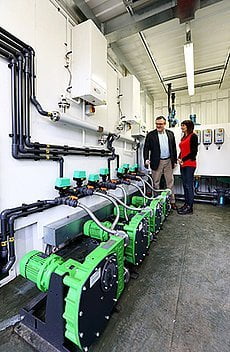
With many thousands of large commercial anaerobic digestion plants in use throughout the world, and literally hundreds of thousands of small household and community biogas plants providing energy to their owners globally, AD is now a thoroughly proven process.
But, AD plants remain, in comparison with other process technologies, slow to produce their biogas, and require energy-sucking high temperatures to operate effectively. The result is that the most cost-effective examples now in use are commonly 5 to 9 metres in height and at least 20 metres in diameter.
Building anything that large requires major investment, and they take up a great deal of space.
Watch the video below which explains the process:
The race is on to produce an AD Plant technology that is smaller/ needs less retention time to complete, and works at lower temperatures, while digesting a larger proportion of the organic content it is fed with, and simultaneously producing higher quality methane.
Could all that really be possible? A team of researchers thinks so and appears to have produced a successful prototype experimental plant.
They have announced that their Anaerobic Digestion Microbial Fuel Cell Systems are achieving all these aims. Plus, it is a completely new concept in anaerobic digestion!
Getting Excited About Anaerobic Digestion Microbial Fuel Cell Systems
Should we get excited? Yes. There is a good argument to say that a rapid move forward in such young technology, is perfectly possible.
The renaissance of anaerobic digestion as an energy source, with its many other benefits for sustainable waste management and fertilizer production, is in reality very recent.
Look at comparable inventions, and you will realize that for any other innovation of comparable complexity and potential, it took tens of years for the technology to evolve into its final form, when that final (mature) technology by then, far outstrips those early versions. Just think of the early motor car, aeroplane or ship and how much better their modern counterparts are.
In fact, it is routine for the application of science to raise efficiency, and reduce cost and size hugely when compared with the original invention.
In a recent website article, respected pump engineering company Verder, and pdf titled “Innovative Biogas Production – Lindhurst Engineering”, has told us the following:
“The University of Nottingham Department of Chemical and Environmental Engineering working with Lindhurst Engineering has developed Microbial Fuel Cells systems that are pioneering a new approach to AD, converting cow slurry into commercial volumes of methane gas. The process also provides cleaner wastewater and reduces odour emissions.
The H²AD [Anaerobic Digestion Microbial Fuel Cell System] is a containerised, modular system that uses a semi-continuous flow process, with liquid manure pumped into the process tank where it remains for no more than 48 hours before being pumped out for disposal. [That’s 2 days instead of the usual 14 for a standard mixed flow bioreactor.]
The system is coupled either with a microbial fuel cell or a microbial electrolysis cell, depending on the operating conditions, and made from an array of anodes and cathodes connected to an electrical circuit.
The bacteria naturally present in the slurry tend to grow all around the anode, forming a thick biofilm. The organic substrate is converted into methane, protons and electrons. The electrons flow from the anode via an electrical circuit. The protons migrate from the anode chamber to the cathode chamber, where they recombine with the electrons to form grey water. In addition, sustainable bio-hydrogen can be produced with the right conditions (pH, hydrogen partial pressure, flow).” Via Peristaltic pumps in biogas systems
Verder Pumps have been assisting the team, by providing their Verderflex hose. Such has been the success provided by Verder’s Pumps that when it came to further scaling up and building two new units, Lindhurst Engineering turned once again to Verder for its pump requirements. Verder’s [Model] VF25 peristaltic pumps have been supplied more recently [to] pump the wet slurry into the digester and then pull it out, once it has gone through treatment.
And in the same article, it states that:
“For Lindhurst Engineering, of Sutton in-Ashfield, specialists in innovative mechanical and electrical engineering services, the move into AD has evolved from its expertise in water and environmental engineering. As a result of its collaboration with the University of Nottingham, Lindhurst scaled up and built a prototype digester, the H²AD, which has been operating at the University’s Sutton Bonington Campus for almost two years. Using MFC technology, it is capable of reducing treatment time to just three days, and also reducing processing costs substantially.
Dr. Laura Porcu, Head of Research & Development at Lindhurst Engineering, was originally involved in the research project at the University of Nottingham Department of Chemical and Environmental Engineering, working on treating different types of wastewater and at the same time looking to produce renewal energy utilising the bacteria.“ The first prototype scaled up the laboratory research model from 25lt to 1m³ of treated wastewater,” explains Dr. Porcu. “Since then two larger pilot plants using slurry manure have been built.”
At the Sutton Bonington Campus the cow slurry manure is treated with the H²AD system and the Chemical Oxygen Demand (COD) level is reduced by at least 50%. It is then pumped back to the main slurry manure, this is because we are still developing and researching about a low cost back-end treatment to further polish the effluent. The eventual aim is to reach a level of grey water that can be reused onsite. Dr. Porcu continues: “At the moment we are producing around 10,000 litres of biogas per day with very high methane content (72%). We have also commissioned a small CHP unit on the site to generate heat and power for the farm. We are also producing dry bio fertilizer rich in Nitrogen that the farm can use without the limitations of Nitrogen Vulnerable Zones, or sell it for half the price of a conventional fertilizer, which is approximately £370.00 per ton.” Via Innovative biogas production with peristaltic pumps
H²AD – Anaerobic Digestion Microbial Fuel Cell Systems
There is huge potential for “blue skies” research of this type, but it is early days for this technology. Meanwhile, those throughout the AD industry must surely be hoping for a breakthrough in anaerobic digestion technology efficiency, to happen sooner rather than later.
An enormous step forward was made by global governments in 2015, and an agreement to limit climate change temperature rises to below 2% was agreed between the nations of the world. But, since the agreement much recent global temperature data has been released which has been showing that average temperatures have been rising quite alarmingly rapidly in the last months and years.
That global warming effect, if it continues on the trend of the last 6 months, could be toward a much more rapid rising than was assumed, during the climate change talks in Paris less than 6 months ago.
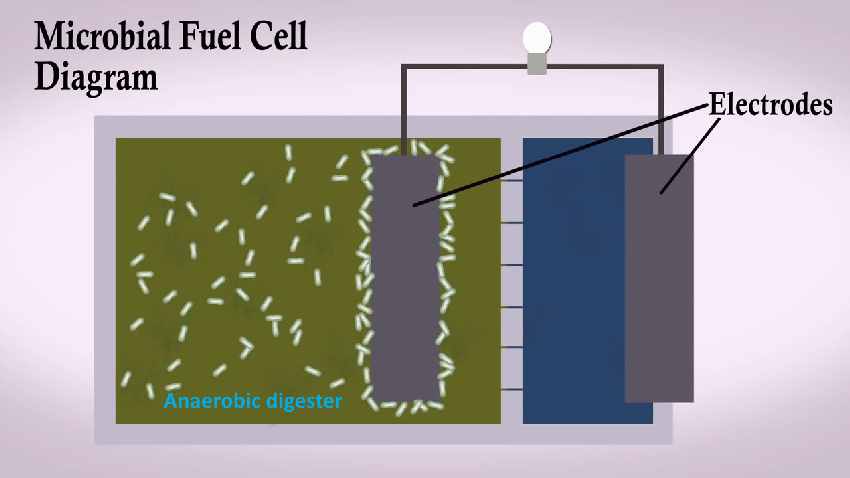
Mankind could help itself out of the impending crisis of run-way climate change, if a “super-biogas” technology became available, powering civilisation entirely from renewable organic material, cheaply and quickly.
Will that “super-biogas” technology be the H²AD Anaerobic Digestion Microbial Fuel Cell System?
[Added 3 October 2021.]
Conclusion – Anaerobic Digestion Microbial Fuel Cell Systems
Biogas-powered fuel cells offer significant potential due to their capacity to directly convert waste streams into electricity while emitting no pollutants.
Fuel cells, which date back to 1839, are becoming one of the most popular means of producing greener energy not just for vehicles and spaceships, but also for residential, commercial, and industrial locations.
In biogas applications, fuel cells are a suitable technological match. Aside from the technological and environmental advantages, biogas-powered fuel cells have a compelling economic rationale.
Because of the extra biogas treatment equipment, the capital and operational expenses of a biogas-powered fuel cell surpass those of a natural gas-powered fuel cell. However, these higher expenses are compensated during the plant's lifespan because raw biogas can be practically free, and processing the gas costs about US$1 – US$3/mmbtu.
Companies such as AT&T, Coca-Cola Co., Apple, and Kroger Co. are now using biogas-powered fuel cells to power television studios, data hubs, distribution centres, and administrative offices.
A collaboration between GTI and the US Department of Defense was successfully completed to transform wastewater treatment biogas into a high-quality biomethane fuel that is converted to hydrogen (by steam reforming) to power military base vehicles with hydrogen-powered fuel cells.
Hydrogen produced at the water treatment facility at Joint Base Lewis-McChord (JBLM) was utilised to power 19 fuel cell forklifts and a fuel cell shuttle bus for a 12-month experiment.
One of the advantages of biogas fuel cells is that they emit extremely minimal levels of pollution into the atmosphere. Any emissions are created as a result of the oxidation or combustion of anode off-gas, which consists of unreacted hydrogen, carbon monoxide, and volatile organic compounds.
The anode gas is generally oxidised by surface or catalytic burners, which generate extremely low nitrogen oxide emissions.
Is there a mainstream product for all to use though? Watch this space to find out!
Read more about pumps at the Verder Pumps Peristaltic Pumps Section.

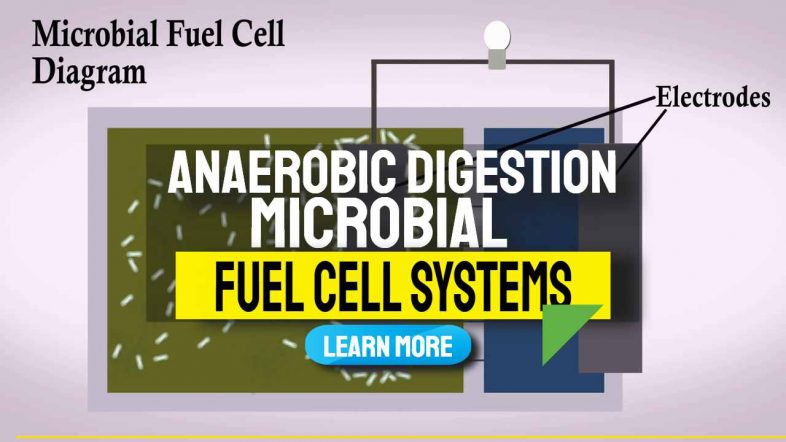
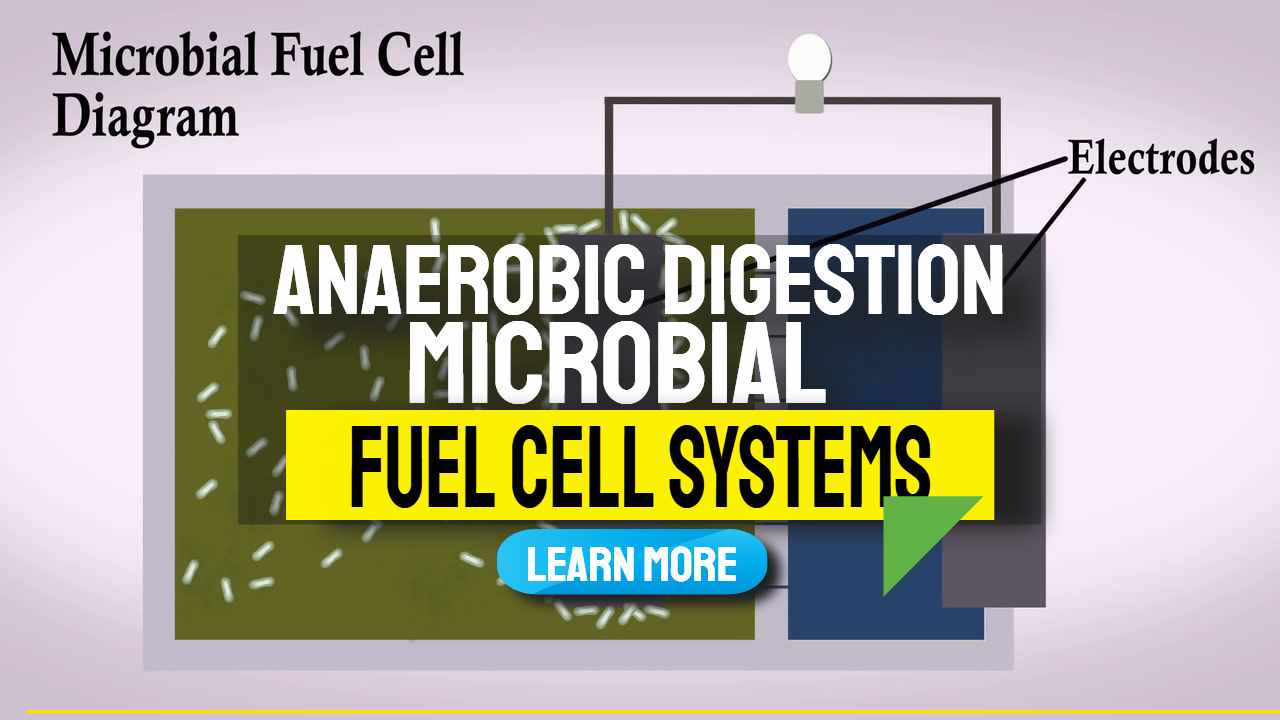

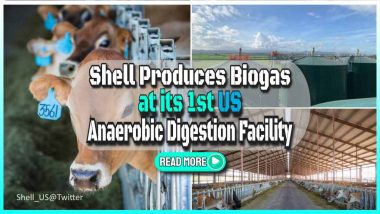

I’d give this website 5 stars.. Fuel cells are the future. Generators are old technology. I am planning to design and create a cool style for my own blog site, as well as want to learn why you became this specific though. thanks
Hi! What exactly are the byproducts of this procedure? For example, if I put a mixture of water and organic food waste in the anode, how many kilogrammes will there be at the conclusion of the process after it’s finished is a good question. Is this the same mass? Or does it rely on how well the COD is removed? It would be really appreciated if you could assist me. And there’s more to it than that? What about CO2 and other greenhouse gases?